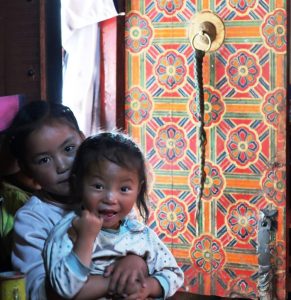
Under the Turquoise Roof
 Posted on by Phil
Posted on by Phil
Visiting the Birthplace of Yuthok Yönten Gonpo
On the first day in Central Tibet our Sorig Tours group already visited one of the biggest highlights of the week: the birthplace of Yuthok Yönten Gonpo the Elder. He is considered to be the founding father of Traditional Tibetan Medicine, Sowa Rigpa. Remarkably Yuthok was not only a great doctor who reached the unbelievable age of 125 years in the 8th century A.D. but he was also a highly realized buddhist practitioner who achieved the absolute rainbow body – the highest form of enlightenment. To reach this level of consciousness means to develope a condition in which your bodily constituents disolve into pure rainbow light after death, only leaving nails and hair behind. Yuthok achieved this unique state – together with his wife, and his dog.
Yuthok travelled a lot around Tibet, Nepal and India during his long live and aquired tremendous medical knowledge from many different schools and teachers, but most of the time he spent in a little village close to Lhasa in the Menlung valley (“Medicine valley“). Even though it is such an important place for Sowa Rigpa we had to stop several times to ask for the way because our bus driver and even many locals did not know it. Also our teacher Dr. Nida Chenagtsang, who remembered it from his last visit there during medical school, had problems to find the way since the roads and villages in the area changed a lot in the last decades. All the roads and towns on the way had grown extensively during the last two decades under chinese influence and many factories and manufacturies were built.
Finally our bus stopped in a tiny village that looked as I imagined it must have looked during the times Yuthok has lived there. The stone houses had the typical white walls of central tibet and some of them where covered with yak dung which was drying there in the sun for later use in the ovens and fireplaces. On the roofs and in between trees Prayer Flags in the bright colours of the five elements were XYZ fluttering in the light breezes which moved the barley fields like waves of liquid gold. And in this peaceful scene suddenly appeared a turquoise roof in between the houses which did not fit at all into this classic picture of a tibetan village. This was the place we were looking for and we read so often about. The name “Yuthok” actually means “turquoise roof” and came from all the turquoise gem stones the great doctor received from his patients and put on his roof. The legend says that Yuthok once helped a mountain spirit and healed it from a serious disease an therefore received a huge amount of turquoise gems from the creek nearby. In an attempt to dry them he then put them on his roof in the sun – thus resulting in his special nickname.
Our group was welcomed by the local commitee and the keepers of the temple under the turquoise roof and were invited to have a seat inside. Under the curious eyes of a whole bunch of local children and villagers we lighted a hundred Butter lamps in front of the altar and performed a long Puja-ritual lead by our teacher Dr. Nida. The recitation of certain mantras dedicated to Yuthok himself as well as drinking sweet-sour chang (=barley wine) were part of this ceremonie which aimed to empower our healing abilities for the benefit of all beings.
We were quite surprised that the temple and especially the characteristic roof needed extensive repairs and renovation and so together we collected generous donations to enable future restaurations to this auspicious and historical – though neglected – site of Sowa Rigpa.
We felt blessed and very peacefull when we left Yuthoks birthplace. We enjoyed the amazing view of the mountain ridges around the Menlung valley for a last time and hopped back into our tour bus.
Find out more about what we discovered in and around Lhasa!
Bellow you can find the corresponding articles about our first days in Central Tibet. Part 2 to come soon!
Further Articles:
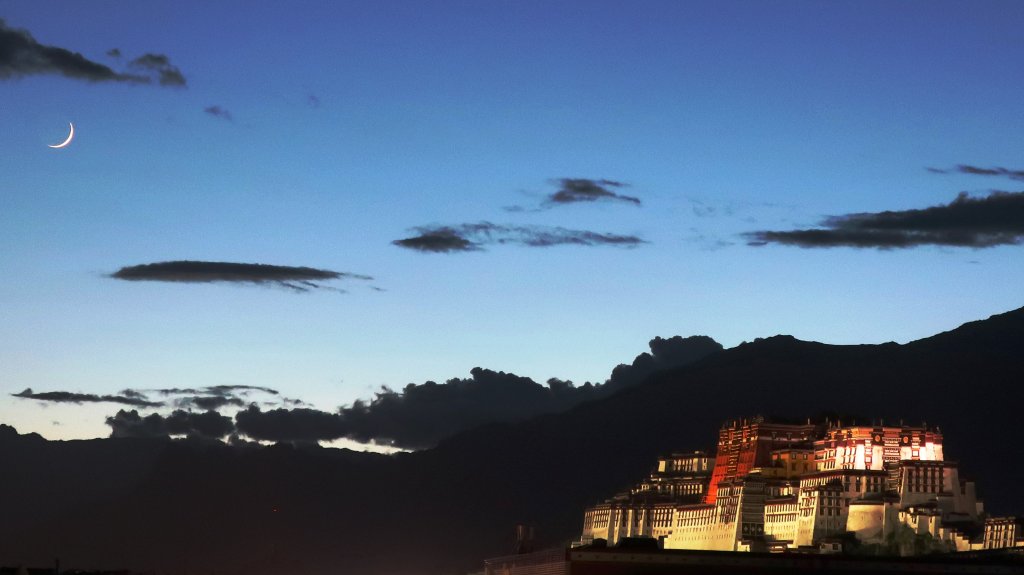
Lhasa, Place of the Gods - Part 1
Following our exciting tour through East Tibet/ Amdo our group headed towards Lhasa in Central Tibet. We visited many famous and spiritual places with high importance to Tibetan Buddhism as well as Traditional Tibetan Medicine - Sowa Rigpa - in and around Lhasa the following weeks. There is so much to write about but we tried to point out the most important sights and experiences.
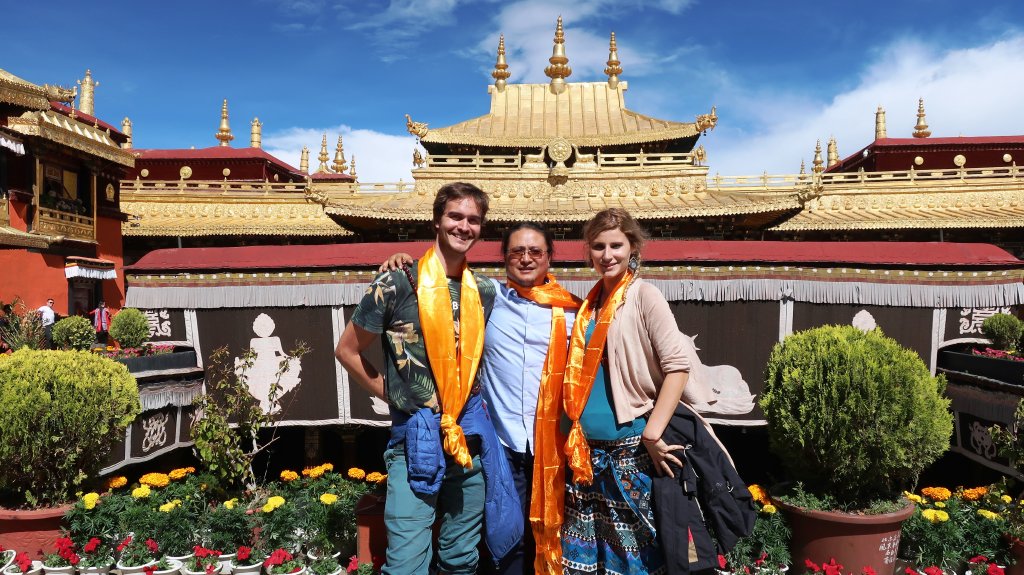
Blessings of Jokhang Temple
Barkor Square is a circular street going around the famous Jokhang Temple in the centre of Lhasa. The temple is the spiritual heart of all Tibetans and many priceless religious artifacts are beeing kept within. Day and night masses of tibetan pilgrims circulate Jokhang and prostrate countless times for bliss and spiritual development. The devotion of the tibetan people for this holy place creates a unique atmosphere of peace and mysticism, bringing ancient buddhist deities back to life …
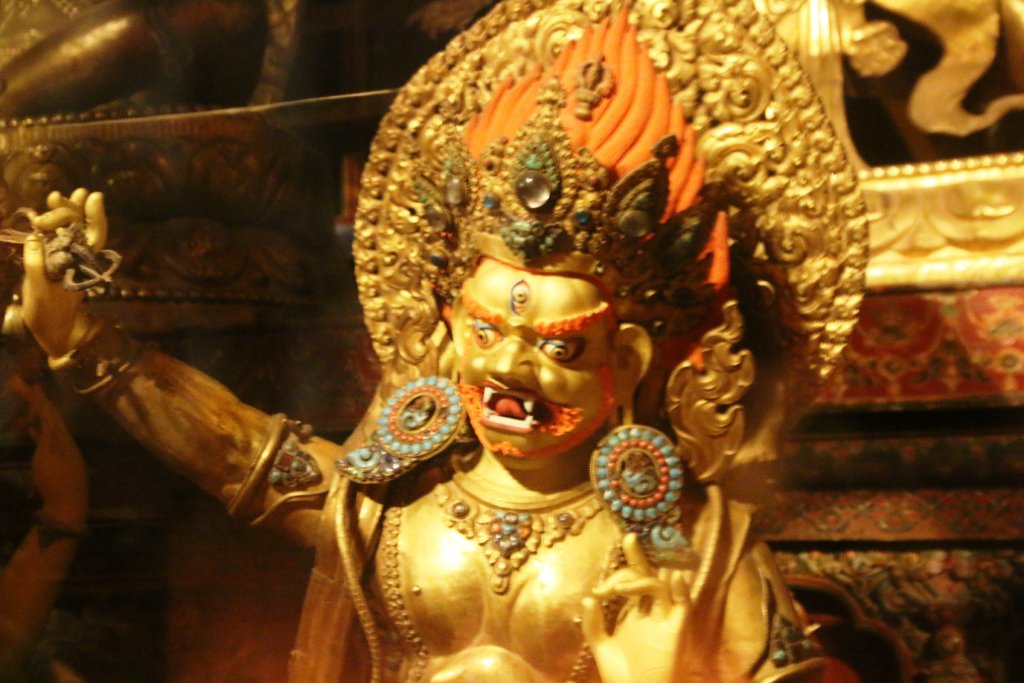
Potala - Palace of the Gods
Under high security measurements we entered the famous Potala Palace which stretches out majestically upon Marpori Hill over the roof tops of Lhasa. We had to climb over 170 steps to reach the inner court yard from where we proceeded into the many chambers and halls of the former residence of his holiness the 14th Dalai Lama. While the white part of the palace inherits facilities for political and worldly matters, the red painted buildings are dedicated to spirituality and host many buddhist artifacts.
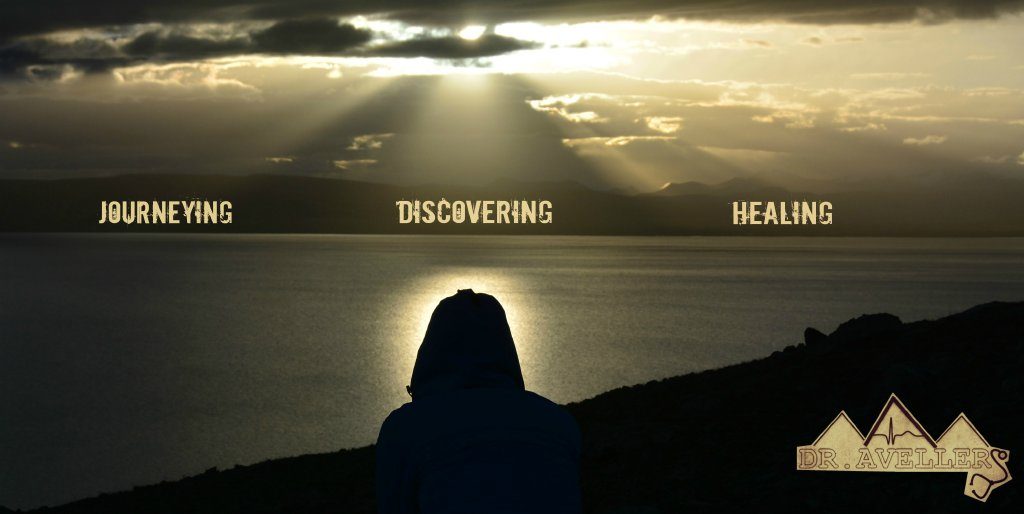
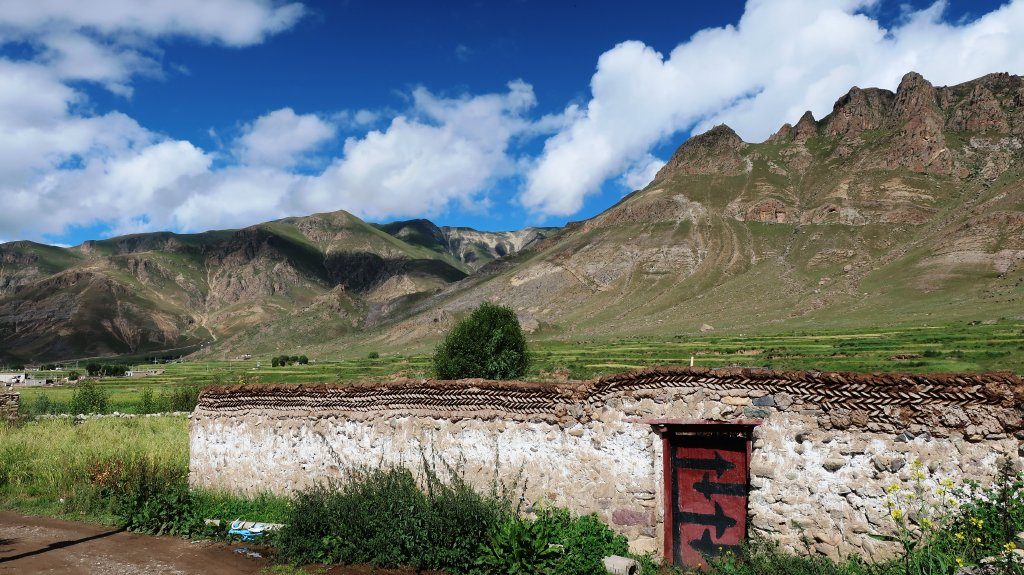
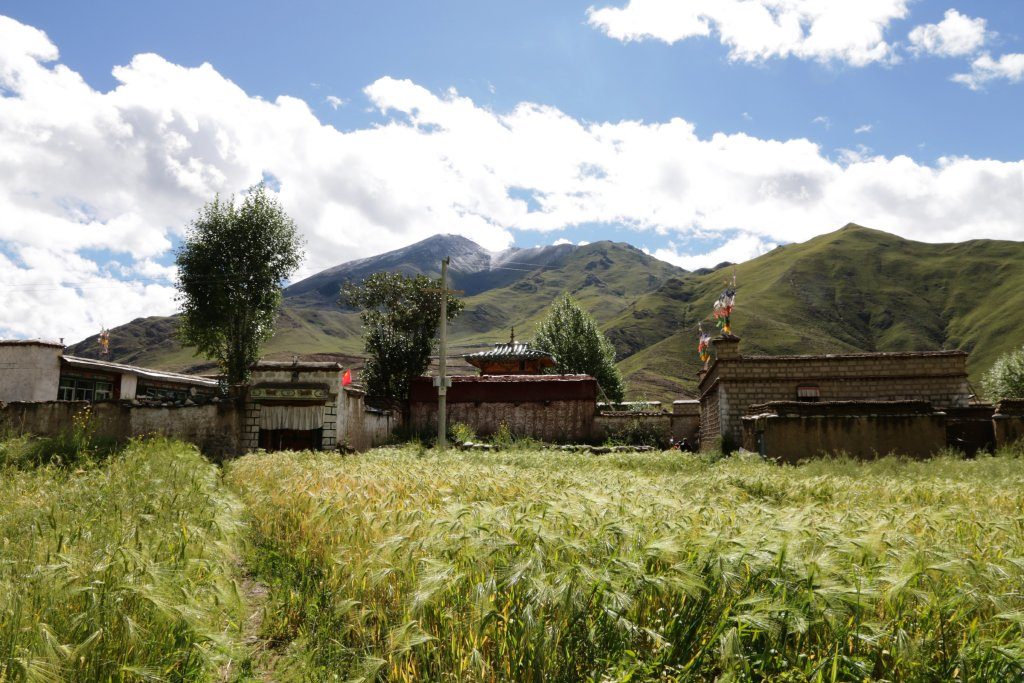
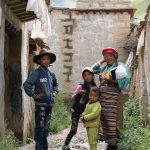
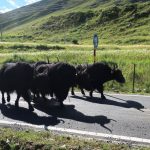
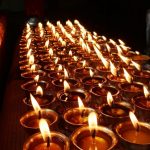
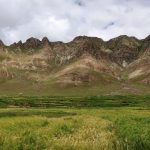
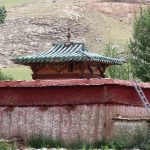
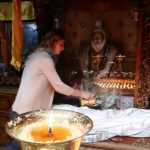
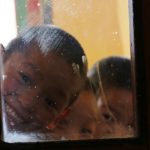
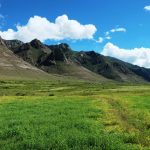
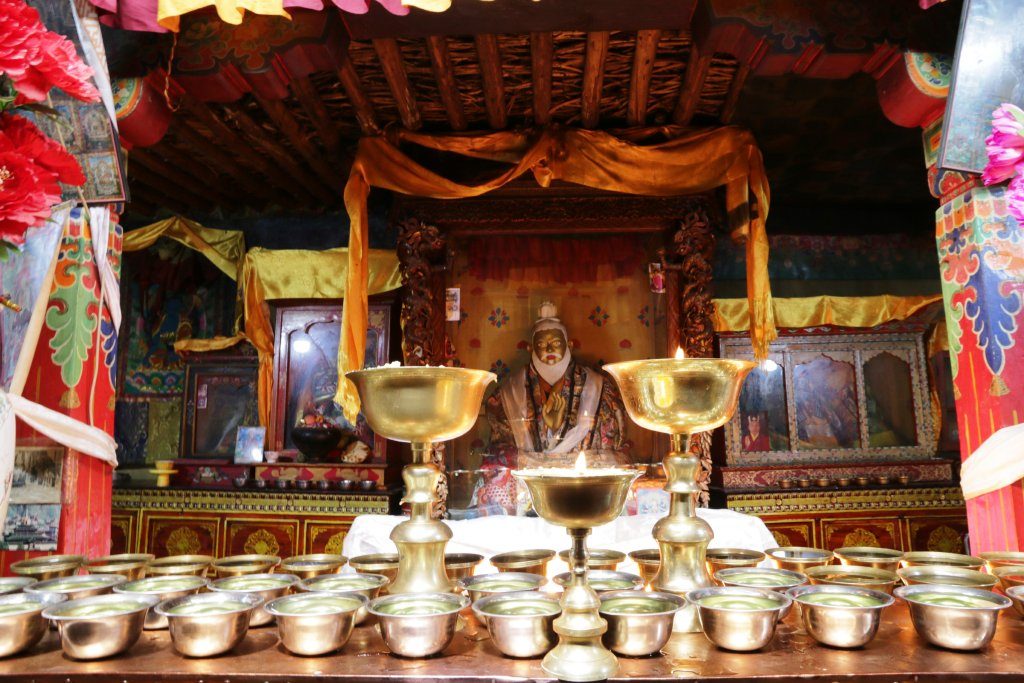
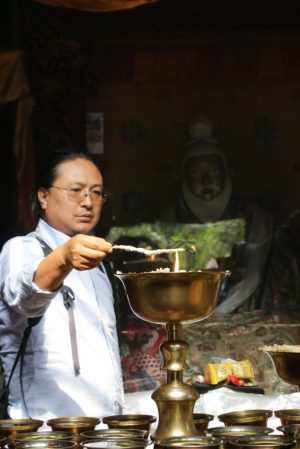
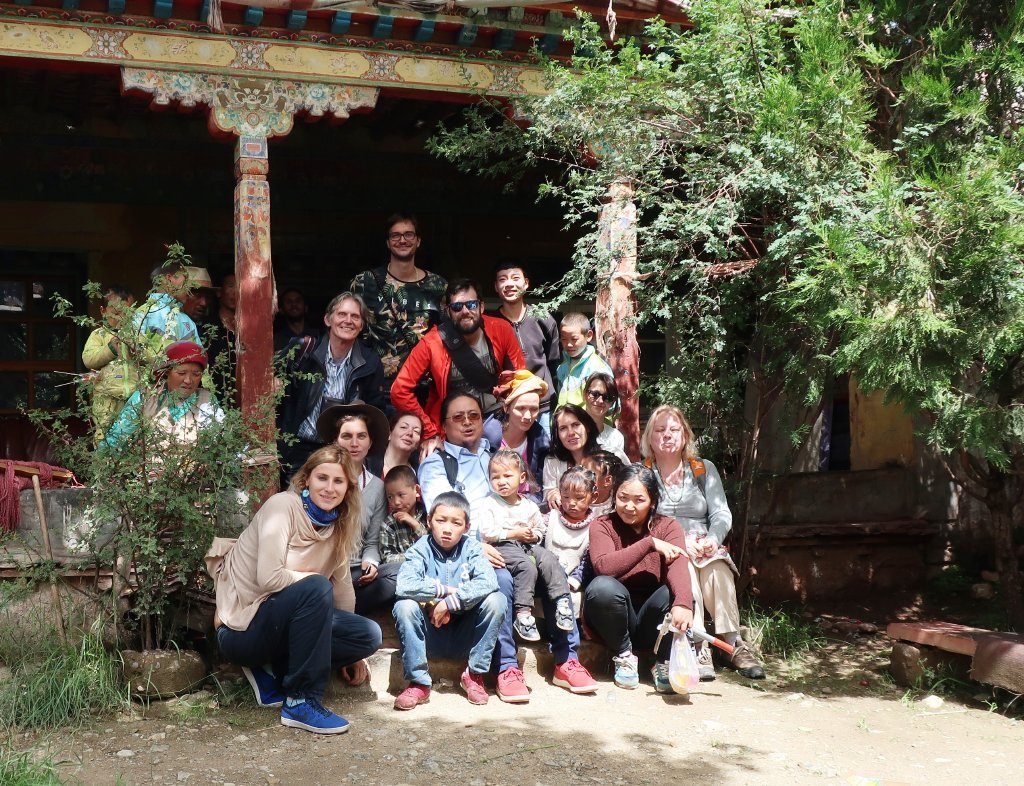
Comments
Under the Turquoise Roof — No Comments
HTML tags allowed in your comment: <a href="" title=""> <abbr title=""> <acronym title=""> <b> <blockquote cite=""> <cite> <code> <del datetime=""> <em> <i> <q cite=""> <s> <strike> <strong>